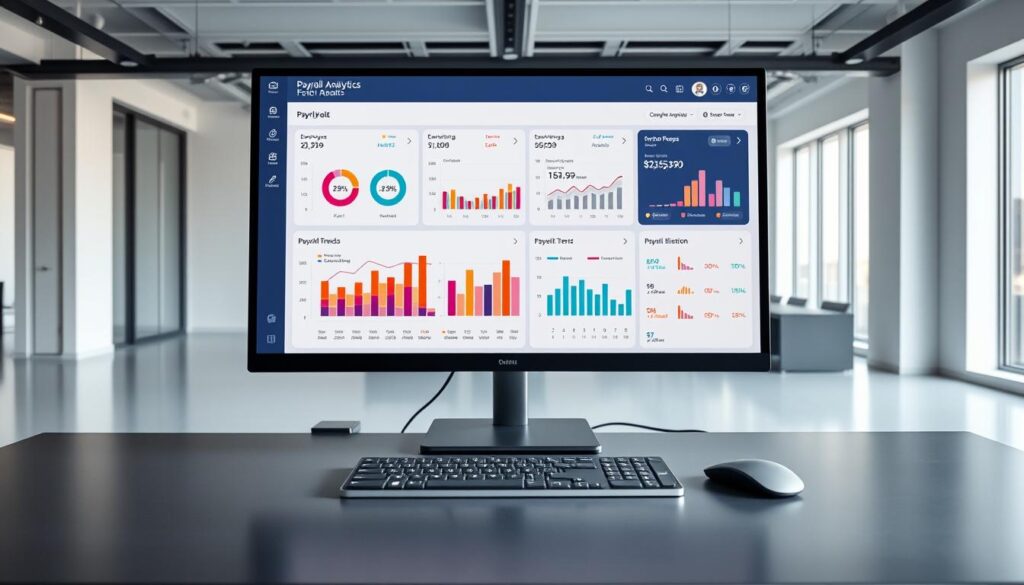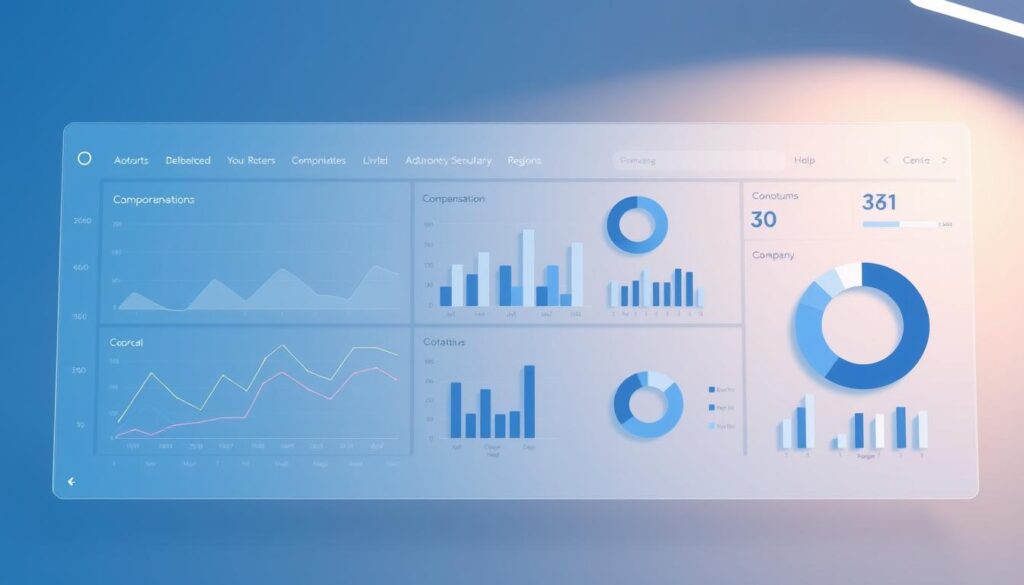In the dynamic landscape of Indian business, payroll analytics B2B has emerged as a transformative tool for organisations seeking strategic workforce management. Modern enterprises are increasingly recognising the critical value of B2B payroll data insights to drive organisational performance and financial efficiency.
Enterprise payroll metrics provide businesses with unprecedented visibility into workforce expenditure, enabling data-driven decision-making. By leveraging advanced analytical techniques, companies can uncover hidden patterns, optimise compensation strategies, and enhance overall operational productivity.
The integration of sophisticated analytical tools empowers Indian businesses to move beyond traditional payroll processing, transforming raw data into strategic intelligence. This shift represents a paradigm change in how organisations understand and manage their most valuable resource: human capital.
Key Takeaways
- Payroll analytics enables strategic workforce management
- Advanced data insights drive organisational efficiency
- Enterprise metrics support precise financial planning
- Analytics transforms raw payroll data into actionable intelligence
- Strategic decision-making becomes more precise with comprehensive insights
Understanding the Power of B2B Payroll Analytics
Workforce compensation analytics has revolutionised how businesses approach payroll management in the digital age. Modern organisations are increasingly leveraging sophisticated data analysis techniques to transform raw payroll information into strategic insights.

The landscape of business payroll intelligence continues to evolve, offering unprecedented opportunities for organisations to optimise their financial strategies. By integrating advanced analytical tools, companies can gain deeper understanding of their compensation structures and workforce dynamics.
Core Components of Payroll Data Analysis
Effective payroll data analysis relies on several critical components:
- Comprehensive data collection across multiple employee categories
- Advanced statistical modelling techniques
- Robust data security and privacy protocols
- Integrated reporting mechanisms
Key Performance Indicators in Payroll Management
Tracking organisational salary trends requires careful monitoring of specific performance metrics. These indicators provide valuable insights into workforce compensation patterns and potential areas for strategic improvement.
- Total labour cost percentage
- Average compensation by department
- Salary competitiveness ratio
- Employee turnover related to compensation
Real-time Payroll Intelligence Systems
Modern payroll intelligence systems enable businesses to access instantaneous insights, allowing for more dynamic and responsive workforce management strategies. These platforms integrate complex data streams to deliver actionable intelligence precisely when organisations need it most.
Transforming Workforce Compensation Through Advanced Analytics

In the dynamic landscape of Indian business, advanced analytics is revolutionising corporate compensation insights. Companies are now leveraging sophisticated B2B salary analytics to transform their workforce compensation strategies with unprecedented precision.
Payroll performance reporting has emerged as a critical tool for organisations seeking to optimise their compensation structures. By analysing comprehensive data sets, businesses can now:
- Benchmark salary packages against industry standards
- Identify potential pay disparities
- Develop more competitive remuneration strategies
- Align compensation with organisational goals
Predictive analytics plays a crucial role in understanding salary trends. Indian companies are using advanced data models to forecast future compensation requirements, enabling more strategic talent acquisition and retention. These insights help organisations make informed decisions about workforce investment.
The integration of sophisticated analytics tools allows businesses to drill down into granular compensation data. By examining factors such as performance metrics, market rates, and individual contribution, companies can create more nuanced and fair compensation frameworks.
Strategic use of B2B salary analytics empowers organisations to balance cost-effectiveness with competitive talent attraction. The result is a more dynamic, responsive approach to workforce compensation that supports both employee satisfaction and organisational growth.
Conclusion
Payroll analytics B2B has emerged as a critical strategic tool for Indian businesses seeking to transform their workforce management. By leveraging sophisticated data analysis techniques, organisations can unlock unprecedented insights into their compensation structures and operational efficiencies.
The integration of advanced payroll cost optimisation strategies enables businesses to move beyond traditional number-crunching. Modern analytics platforms provide real-time intelligence that empowers decision-makers to make data-driven choices about workforce investments, talent retention, and financial planning.
Indian enterprises are increasingly recognising that payroll analytics is not merely an administrative function but a strategic asset. Companies like Infosys, Tata Consultancy Services, and Wipro are pioneering innovative approaches to workforce data analysis, demonstrating how intelligent payroll systems can drive competitive advantage in a rapidly evolving digital economy.
As technology continues to reshape business landscapes, organisations must embrace cutting-edge payroll analytics tools. The future belongs to businesses that can seamlessly convert complex workforce data into actionable strategies, ultimately enhancing productivity, reducing costs, and creating more agile, responsive organisational structures.

